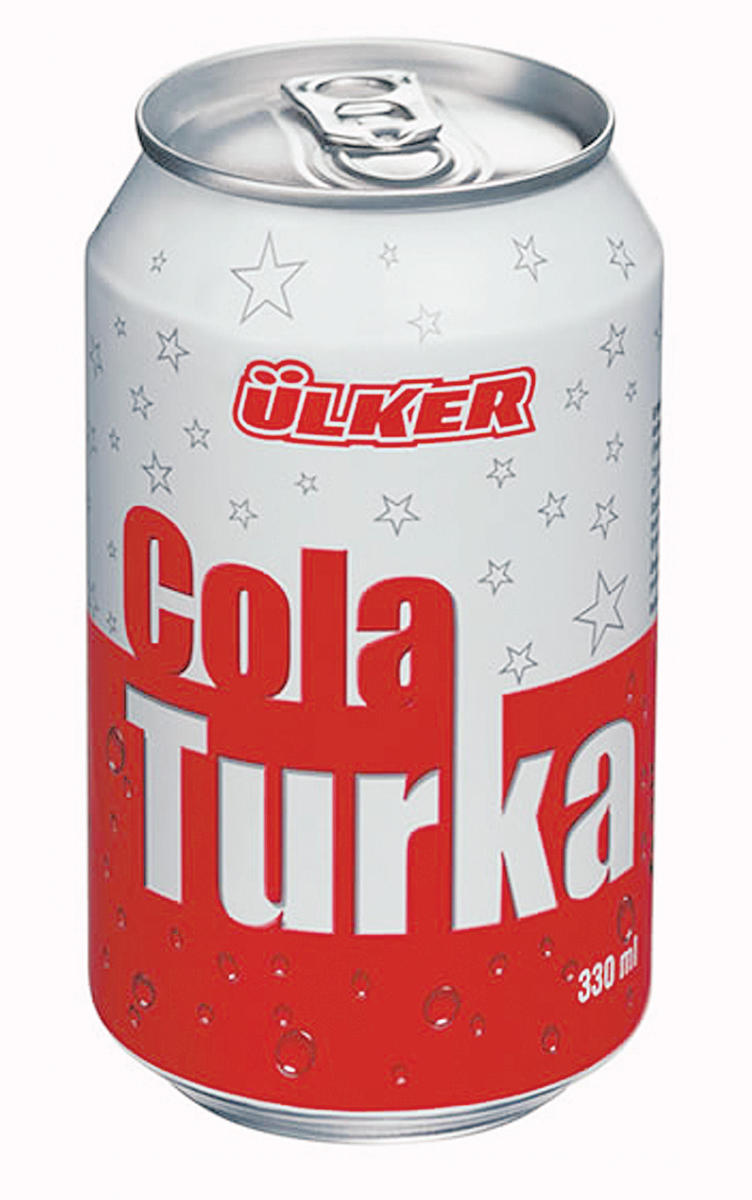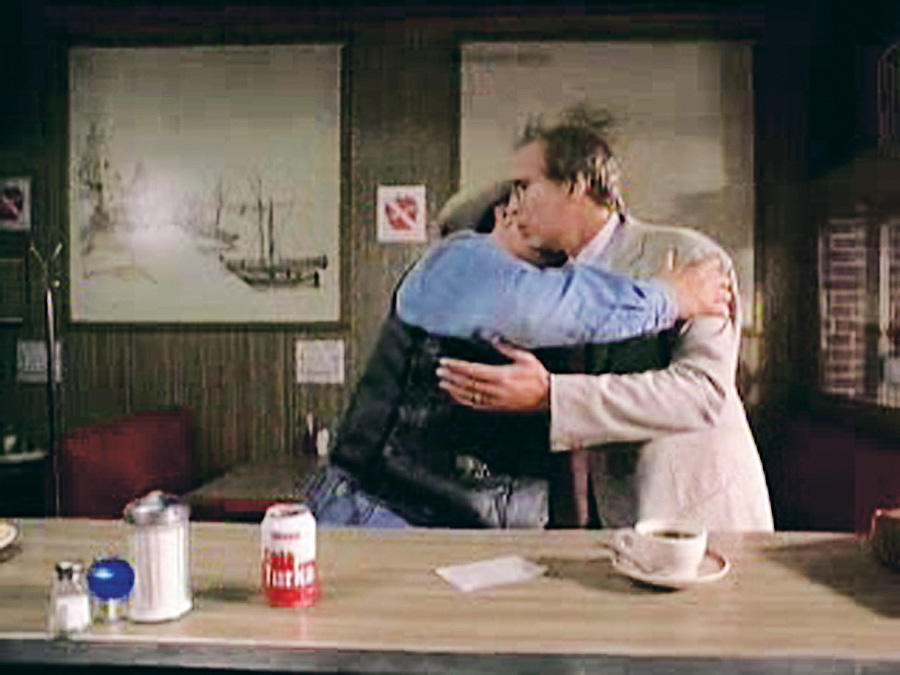
In the summer of 2003 a Turkish food conglomerate, Ülker, launched a high-profile advertising campaign for a new product: Cola Turka. In the first TV ad for the product, we watched wholesome Chevy Chase, whose everyday New York City morning turns very strange as he chats in a diner with David Brown. Looking decidedly Texan, complete with cowboy hat, Brown is drinking Cola Turka — which compels him to fuse Turkish phrases into the otherwise English conversation with Turkish subtitles. Cola Turka has Turkified even his general attitude, we understand later, when he insists on paying for Chase’s coffee with an authoritative “Bendensin!” (It’s on me) and further agitates him by embracing him and kissing him goodbye on both cheeks. Awkwardness ensues in the second part of the ad, now awash in Turkish gesticulation and language. But a tolerant Chase, never a coward when it comes to new cultural frontiers, resolves the dramatic tension by taking a sip of this Cola Turka. He immediately grows a thick mustache.
As this fantasy of a cultural hegemony in reverse (the jingle for the ad goes “Oh when they drink the Cola that is Turka / there will be America no longer, it will be Turkafied / We drank the Cola that is Turka / that famous American dream is now Turkafied”) proved extremely popular among the Turks, the ads started to become somewhat tedious and repetitive, but still, anxious to please. In May of 2004, those behind the campaign decided to mobilize the demos via interactive technology, by appealing to the national religion of soccer and, again, to the mustache. This time, the TV ad featured Pierre Van Hooijdonk, a Dutch soccer player currently on a major Turkish team, training for the UEFA Euro 2004 Portugal. With each sip of Cola Turka he takes in between his free-kicks, Pierre grows a different style of “Turkish” mustache: first a very thick one with sharp ends (associated, in the Turkish collective memory with the warrior/nomadic ancestors of the race); then Ayhan style (a major actor of Turkish Cinema in the 50s, 60s and 70s) — well trimmed, short and narrow; Camoka style (the evil villain of a popular 60s comic strip) — a thin crescent that grows down to the chin; and finally no mustache at all (an explanation is offered to dispel our doubts as to the virility of the brand: that last sip was from a can of Diet Cola Turka). The ad calls on the Turkish audience to vote via an SMS message for the best of these four looks, promising that the mustache chosen by the Turkish people will be the mustache that Hooijdonk wears to Euro 2004. Insignificant note: Turkey had failed to qualify for Euro 2004. A later ad informed us that the people had spoken, and much to Hooijdonk’s disappointment, they had spoken (with a 35 percent vote) for no mustache. Was this the refusal to bestow precious Turkishness upon Pierre; was it the rejection of mustache as a viable Turkifier; or was it the articulation of the desire for a smooth, razor-fresh, hairless new face for Turkey?
The electoral message awaits deciphering.
